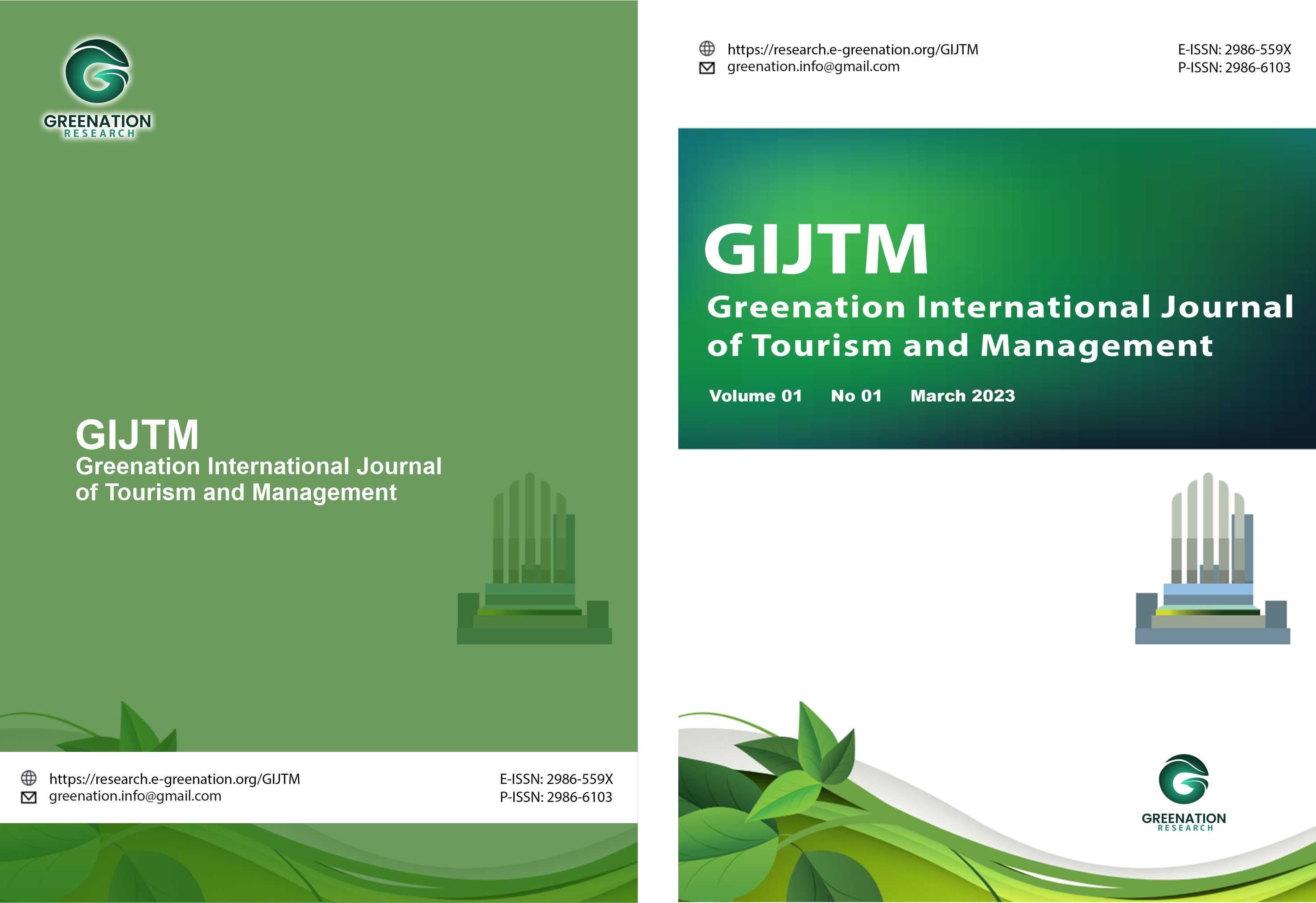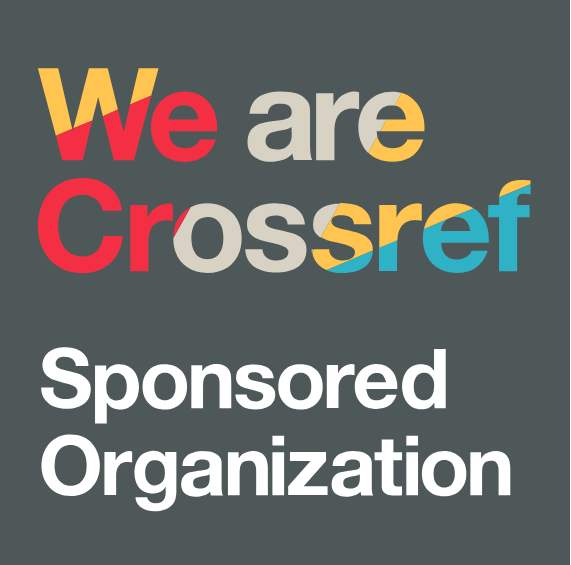The Effect of Digital Business Model Innovation and Organizational Agility on the Performance of Insurance and Pension Fund Companies in Indonesia
DOI:
https://doi.org/10.38035/gijtm.v1i2.45Keywords:
Digital Business Model Innovation, Organizational Ability, Company PerformanceAbstract
Indonesia's financial asset structure is still heavily dominated by the banking sector, while the asset of non-bank financial industry are still very limited. Meanwhile, The Non-Bank Financial Industry Sector, particularly the insurance and pension fund sectors, plays an important role in supporting national development and as a source of domestic financing to support economic activity. To achieve sustainable performance, previous researches had revealed the influence of business model innovation and organizational agility. Based on this background, this study aims to examine whether business model innovation and organizational agility affect the performance of funding sustainability in the insurance and pension fund industry in Indonesia. This research was conducted a quantitative research approach. Observations using the time horizon are cross-sectional/one-shot in 2023. The unit of analysis is the social insurance and pension fund industry in Indonesia. The unit of observation is the management of social insurance and pension fund industry companies in Indonesia. The observation unit is the management of the companies. To analyze data, this study used the Partial Least Square (PLS) approach. The results of hypothesis testing show that digital business model innovation and organizational agility significantly affect the performance of funding sustainability in the insurance and pension fund industry in Indonesia. The digital business model innovation has a more significant role than organizational agility. Based on these findings, this study proposes a managerial implication for the management of the insurance and pension fund industry to enhance the digital business model innovation, which is supported by the improvement of organizational agility to enhance the company performance.
References
Böttcher, T. P., & Weking, J. (2020). Identifying Antecedents and Outcomes of Digital Business Model Innovation. In ECIS.
Cangur, S. & Ercan, I. (2015). Comparison of model fit indices used in structural equation modeling under multivariate normality. Journal of Modern Applied Statistical Methods, 14(1), 152-167
Cegarra-Navarro, J. G., Soto-Acosta, P., & Wensley, A. K. (2016). Structured knowledge processes and firm performance: The role of organizational agility. Journal of Business Research, 69(5), 1544-1549.
Cepeda, J., & Arias-Pérez, J. (2019). Information technology capabilities and organizational agility: The mediating effects of open innovation capabilities. Multinational Business Review, 27(2), 198-216.
Felipe, C. M., Roldán, J. L., & Leal-Rodríguez, A. L. (2017). Impact of organizational culture values on organizational agility. Sustainability, 9(12), 2354.
Ghozali, I. (2008). Structural Equation Modelling. Edisi II. Universitas Diponegoro
Hair, J. F., Anderson, R. E., Tatham, R. L., & Black, W. C. (1998). Multivariate data analysis (5th ed.). Upper Saddle River, NJ: Prentice Hall
Hair, J. F., Black, W. C., Babin, B. J., & Anderson, R. E. (2010). Multivariate data analysis (7th ed.). Englewood Cliffs: Prentice Hall
Hair, J., Ringle, C. and Sarstedt, M. (2011) PLS-SEM Indeed a Silver Bullet. Journal of Marketing Theory and Practice, 19, 139-151.
Koellner, T., Weber, O., Fenchel, M., & Scholz, R. (2005). Principles for sustainability rating of investment funds. Business Strategy and the Environment, 14(1), 54-70.
Mosig, T., Lehmann, C., & Moeslein, K. M. (2021). Business model innovation in the insurance industry: barriers faced by incumbents. International Journal of Entrepreneurship and Innovation Management, 25(6), 391-419.
Nunnally, J.C. and Bernstein, I.H. (1994) The Assessment of Reliability. Psychometric Theory, 3, 248-292.
Otero-González, L., Durán-Santomil, P., Lado-Sestayo, R., & Vivel-Búa, M. (2021). Active management, value investing and pension fund performance. European journal of management and business economics, 30(3), 299-317.
Raithel, S., Sarstedt, M., Scharf, S., & Schwaiger, M. (2012). On the value relevance of customer satisfaction. Multiple drivers and multiple markets. Journal of the academy of marketing science, 40, 509-525.
Salih, A. A., & Alnaji, L. (2014). Impact of strategic thinking and strategic agility on strategic performance: A case study of Jordanian insurance industry companies. International Review of Management and Business Research, 3(4), 1871.
Shmueli, G., & Koppius, O. R. (2011). Predictive analytics in information systems research. MIS quarterly, 553-572.
Teece, D., Peteraf, M., & Leih, S. (2016). Dynamic capabilities and organizational agility: Risk, uncertainty, and strategy in the innovation economy. California management review, 58(4), 13-35.
Trischler, M. F. G., & Li-Ying, J. (2023). Digital business model innovation: toward construct clarity and future research directions. Review of Managerial Science, 17(1), 3-32.
Velu, C. (2015). Business model innovation and third-party alliance on the survival of new firms. Technovation, 35, 1-11.
Wamba, S. F. (2022). Impact of artificial intelligence assimilation on firm performance: The mediating effects of organizational agility and customer agility. International Journal of Information Management, 67, 102544.
Wanasida, A. S., Bernarto, I., Sudibjo, N., & Purwanto, A. (2021). The role of business capabilities in supporting organization agility and performance during the COVID-19 pandemic: An empirical study in Indonesia. The Journal of Asian Finance, Economics and Business, 8(5), 897-911.
Warhurst, A. (2002). Sustainability indicators and sustainability performance management. Mining, Minerals and Sustainable Development [MMSD] project report, 43, 129.
Wong, K. K. K. (2013). Partial least squares structural equation modeling (PLS-SEM) techniques using SmartPLS. Marketing bulletin, 24(1), 1-32.
Zeier Röschmann, A., Erny, M., & Wagner, J. (2022). On the (future) role of on-demand insurance: market landscape, business model and customer perception. The Geneva Papers on Risk and Insurance-Issues and Practice, 47(3), 603-642.
Zhang, Y., Ma, X., Pang, J., Xing, H., & Wang, J. (2023). The impact of digital transformation of manufacturing on corporate performance—The mediating effect of business model innovation and the moderating effect of innovation capability. Research in International Business and Finance, 64, 101890.
Downloads
Published
How to Cite
Issue
Section
License
Copyright :
Authors who publish their manuscripts in this journal agree to the following conditions:
- Copyright in each article belongs to the author.
- The author acknowledges that the Greenation International Journal of Tourism and Management (GIJTM) has the right to be the first to publish under a Creative Commons Attribution 4.0 International license (Attribution 4.0 International CC BY 4.0).
- Authors can submit articles separately, arrange the non-exclusive distribution of manuscripts that have been published in this journal to other versions (for example, sent to the author's institutional repository, publication in a book, etc.), by acknowledging that the manuscript has been published for the first time at GIJTM.


























